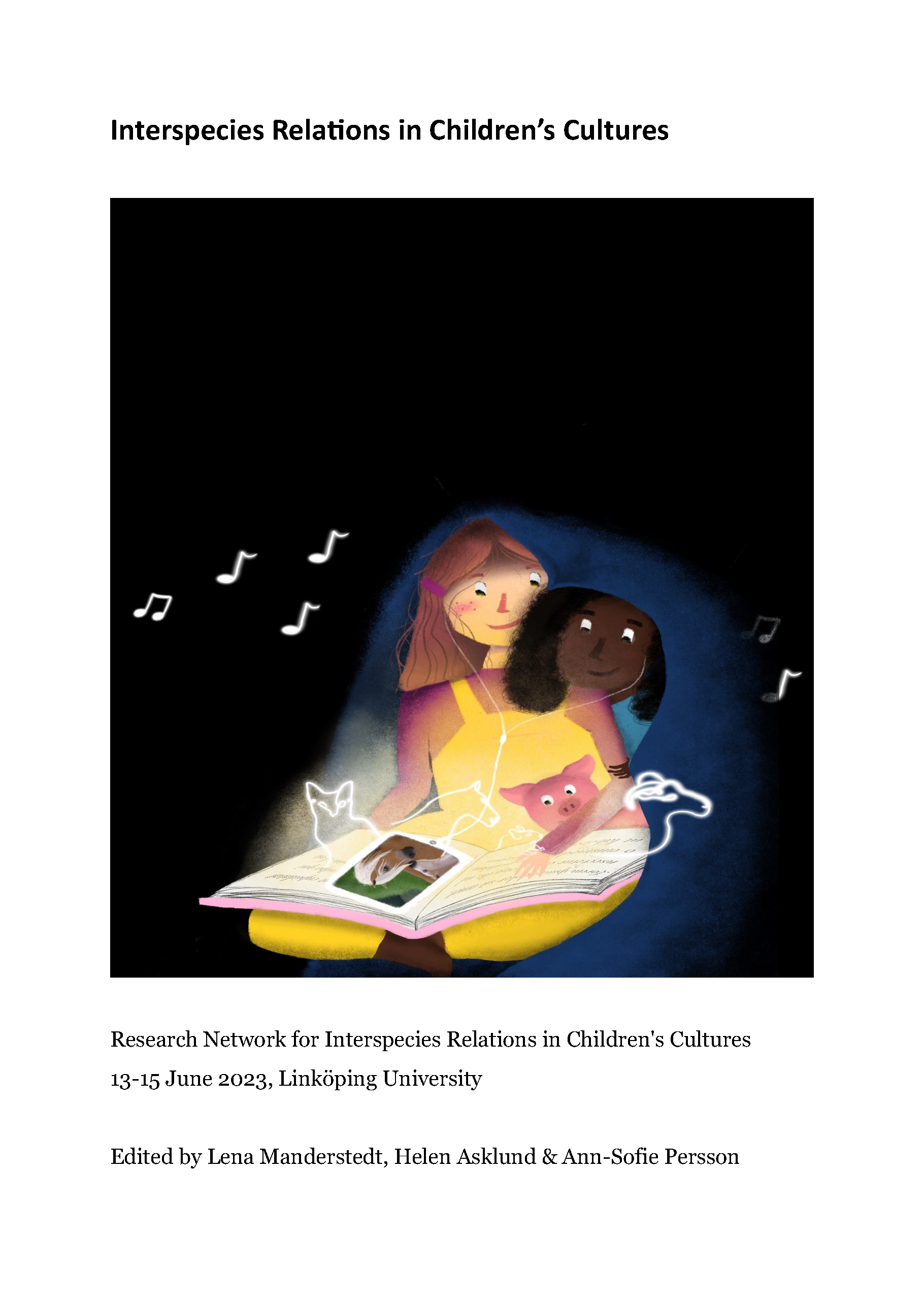In the Mind of the Dog
Anthropomorphism and Othering in Uno Modin’s Zorro, the Police Dog
DOI:
https://doi.org/10.3384/ecp206.103-111Keywords:
Anthropomorphism, Othering, Posthumanism, Ecocriticism, Wahlström’s bokförlag, Zorro, the Police Dog, Uno Modin, Stereotypes Abstract
In this article, the main focus is on the use of narrative and stylistic strategies contributing to anthropomorphism and othering in the depiction of the dog in Uno Modin’s Zorro, the Police Dog (1953). The analysis shows that both crude and critical anthropomorphism are used when describing Zorro. The dog is assigned philosophical thinking and trans-species affinity that goes beyond the plausible, but he is also described as involved in companionship with his human handler. Othering is also used, portraying the dog as superior to the human at certain instances and diametrically different and wild at other. When the instinct of the dog is at the center, the divide between nature and culture is accentuated, leaving no room for what Haraway terms natureculture or companion species. The narrative is read through an ecocritical lens with support of animal studies and posthumanist perspectives and the article shows how internal focalization on the canine contribute to a normalizing of stereotypical depictions of other species and the white human explorer’s other, embodied by members of the Roma community or by Native Americans.
Downloads
Published
Conference Proceedings Volume
Section
License
Copyright (c) 2025 Ann-Sofie Persson

This work is licensed under a Creative Commons Attribution 4.0 International License.

